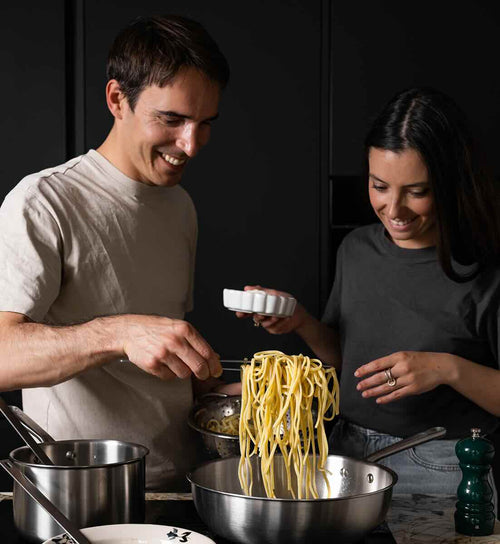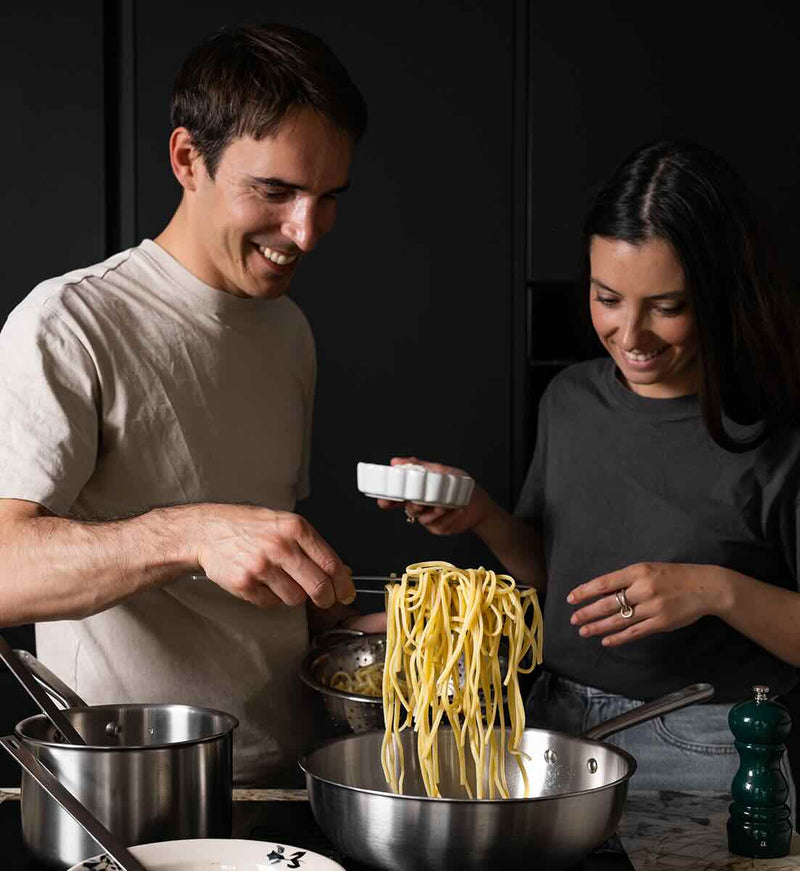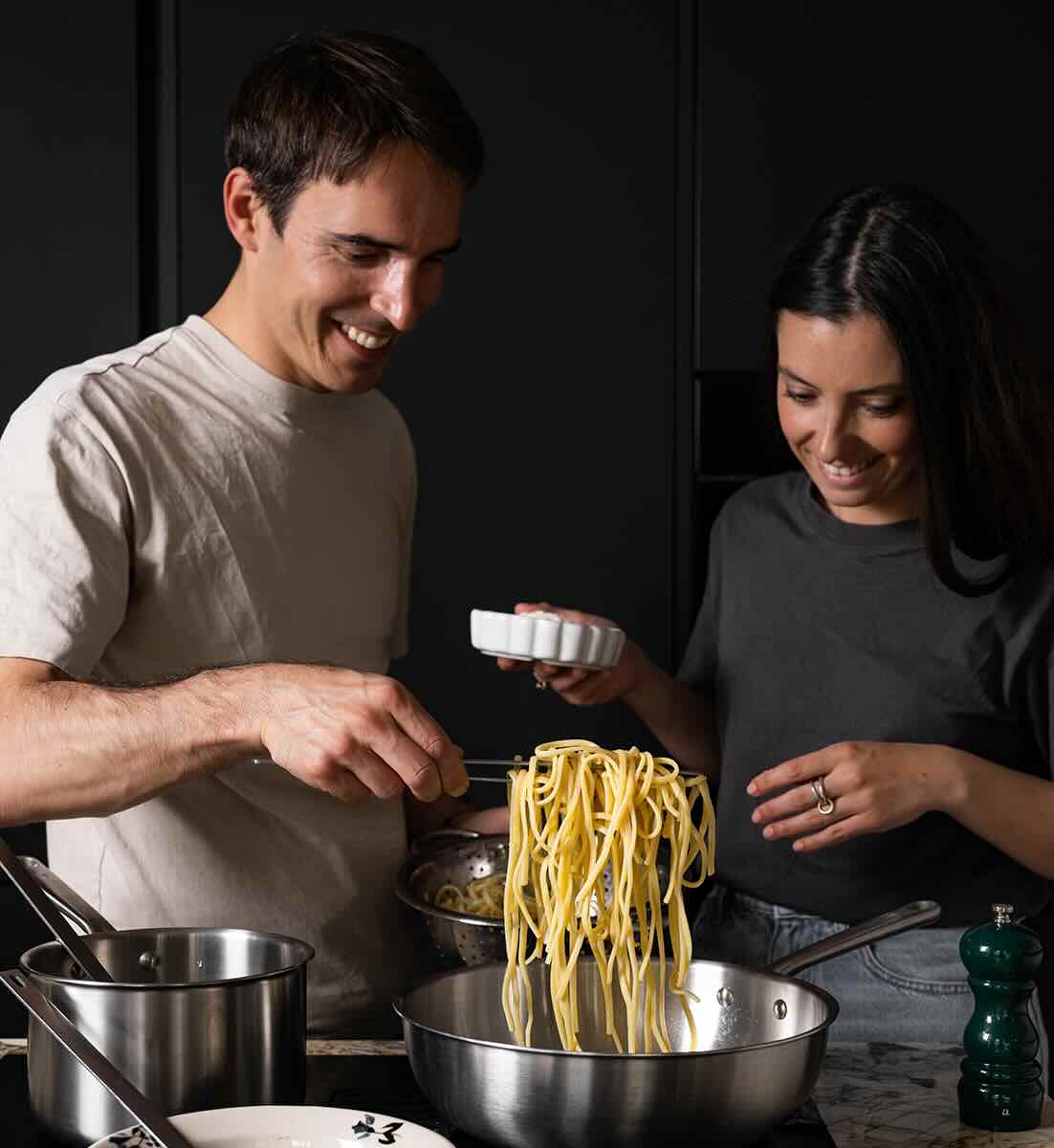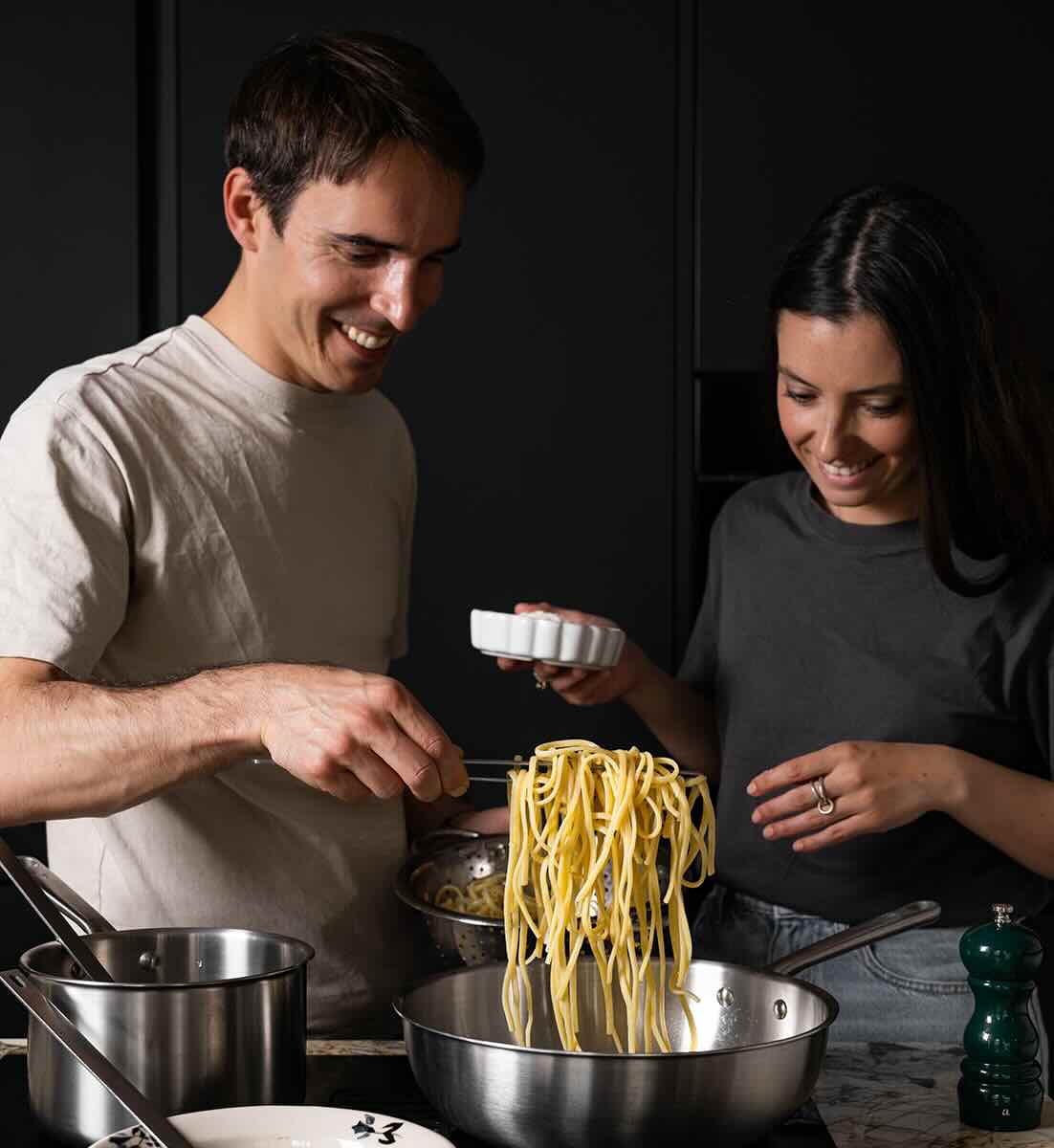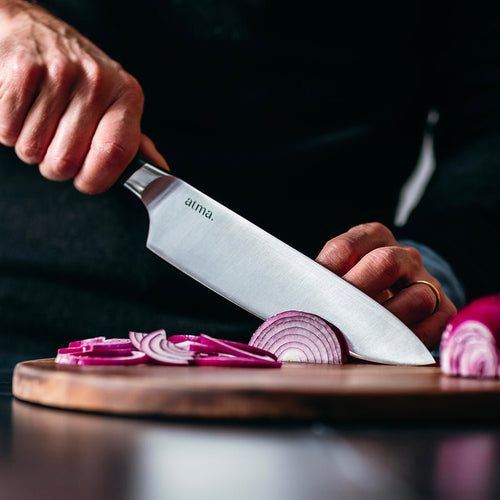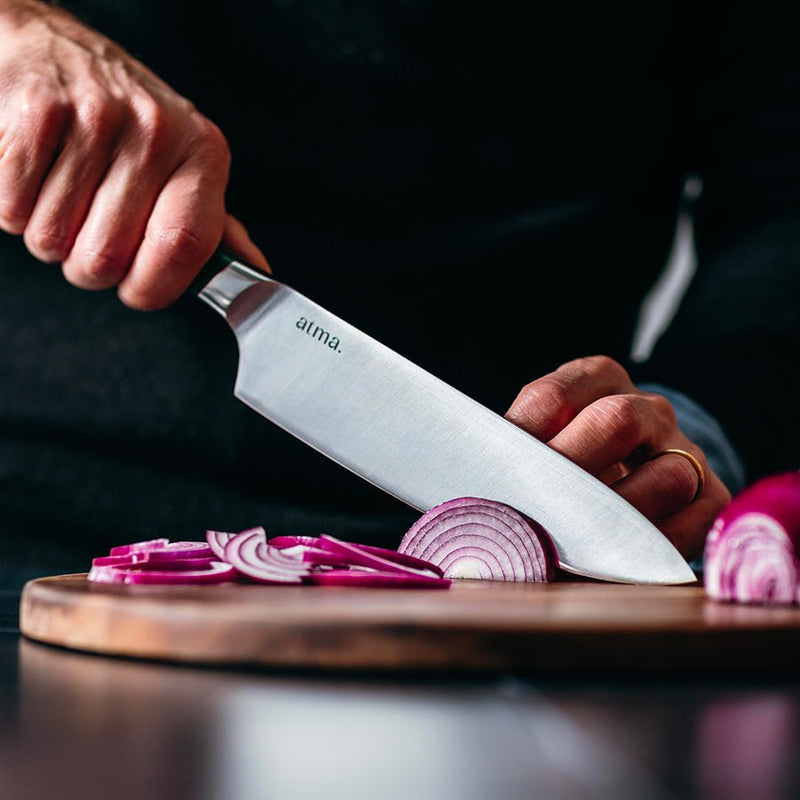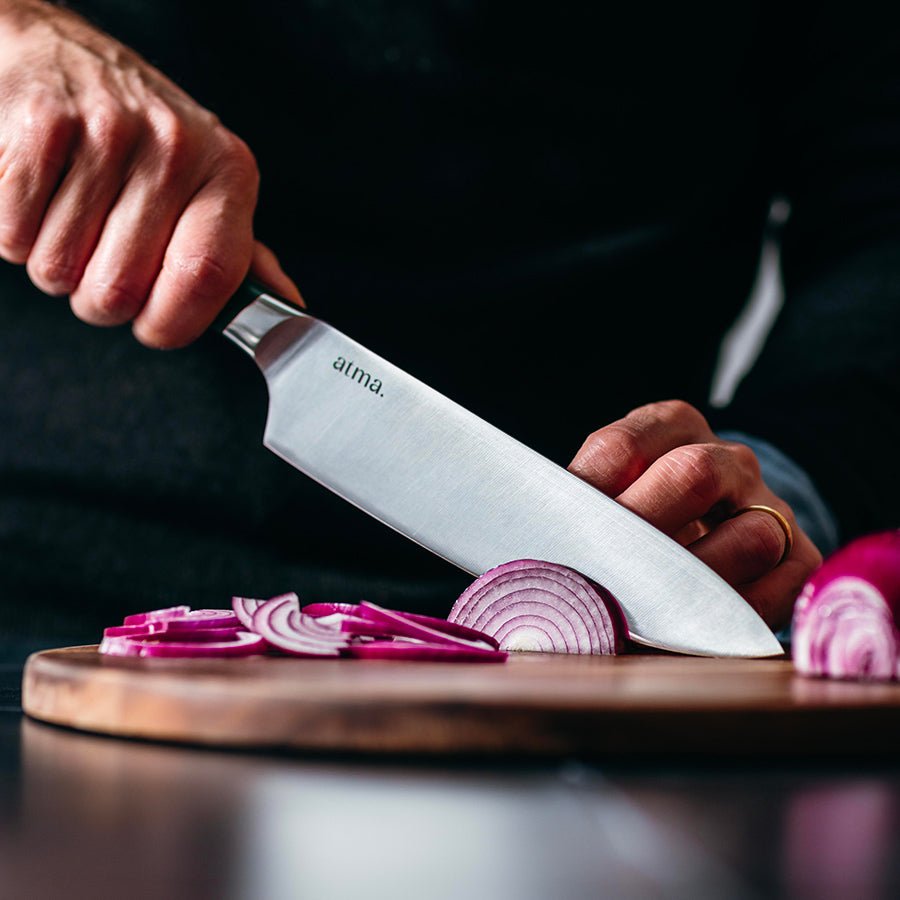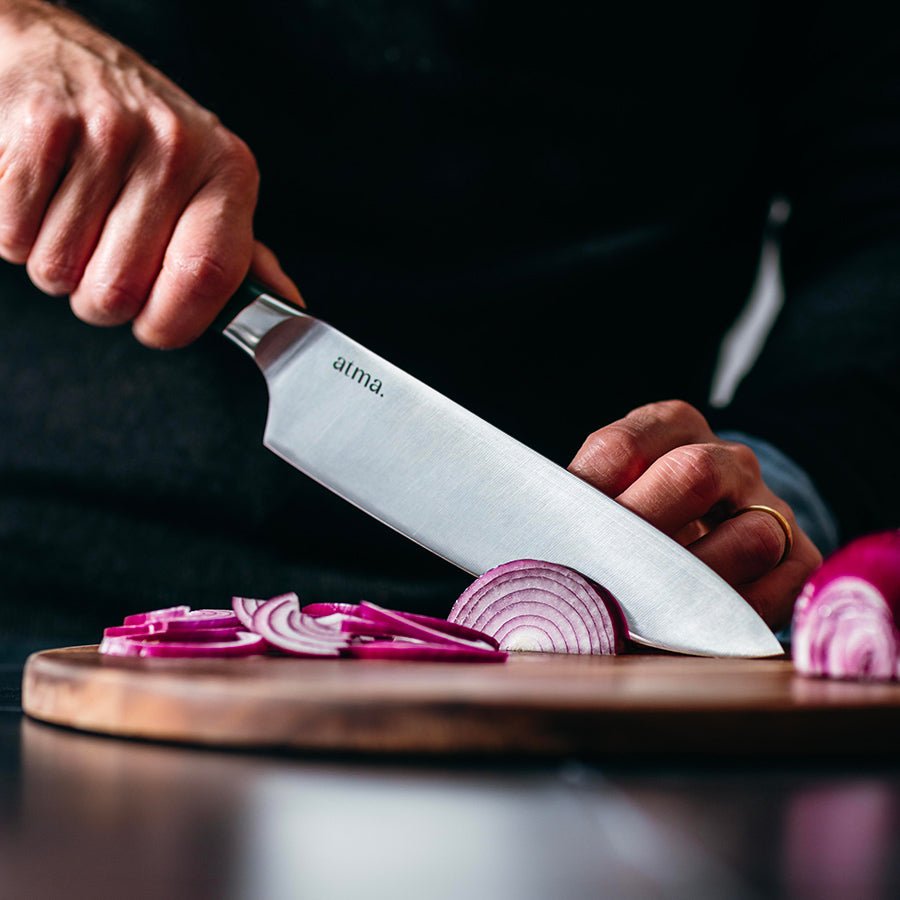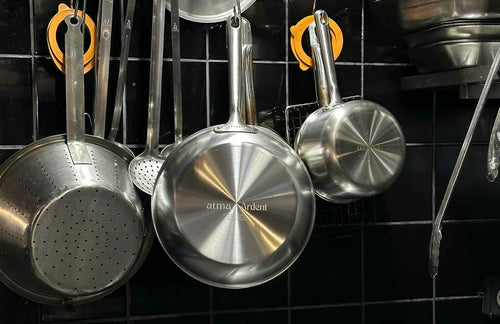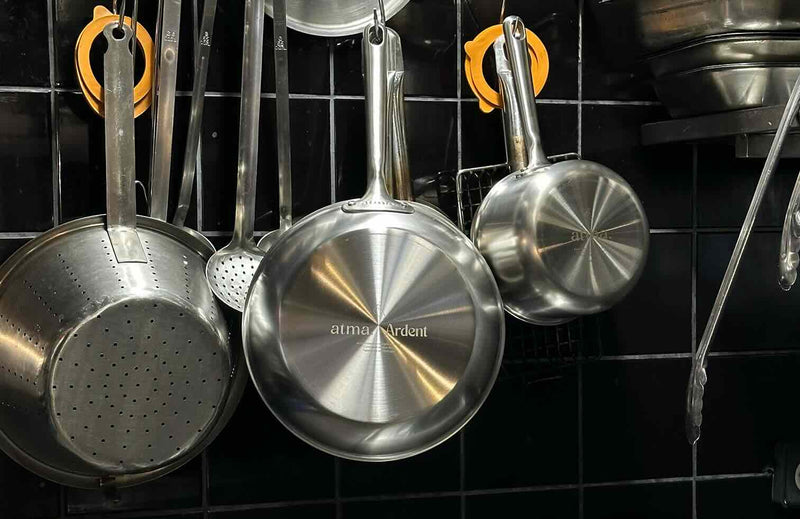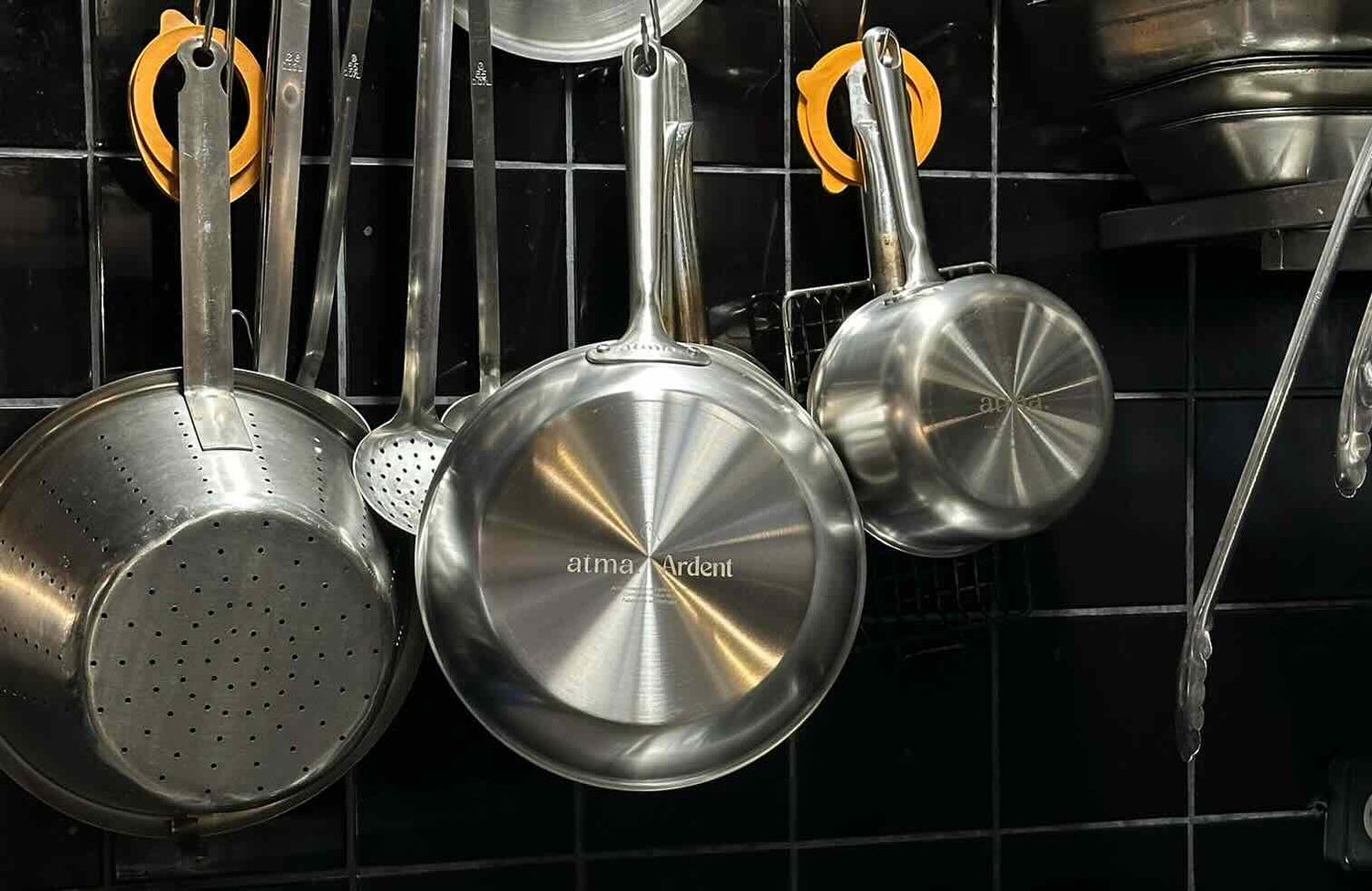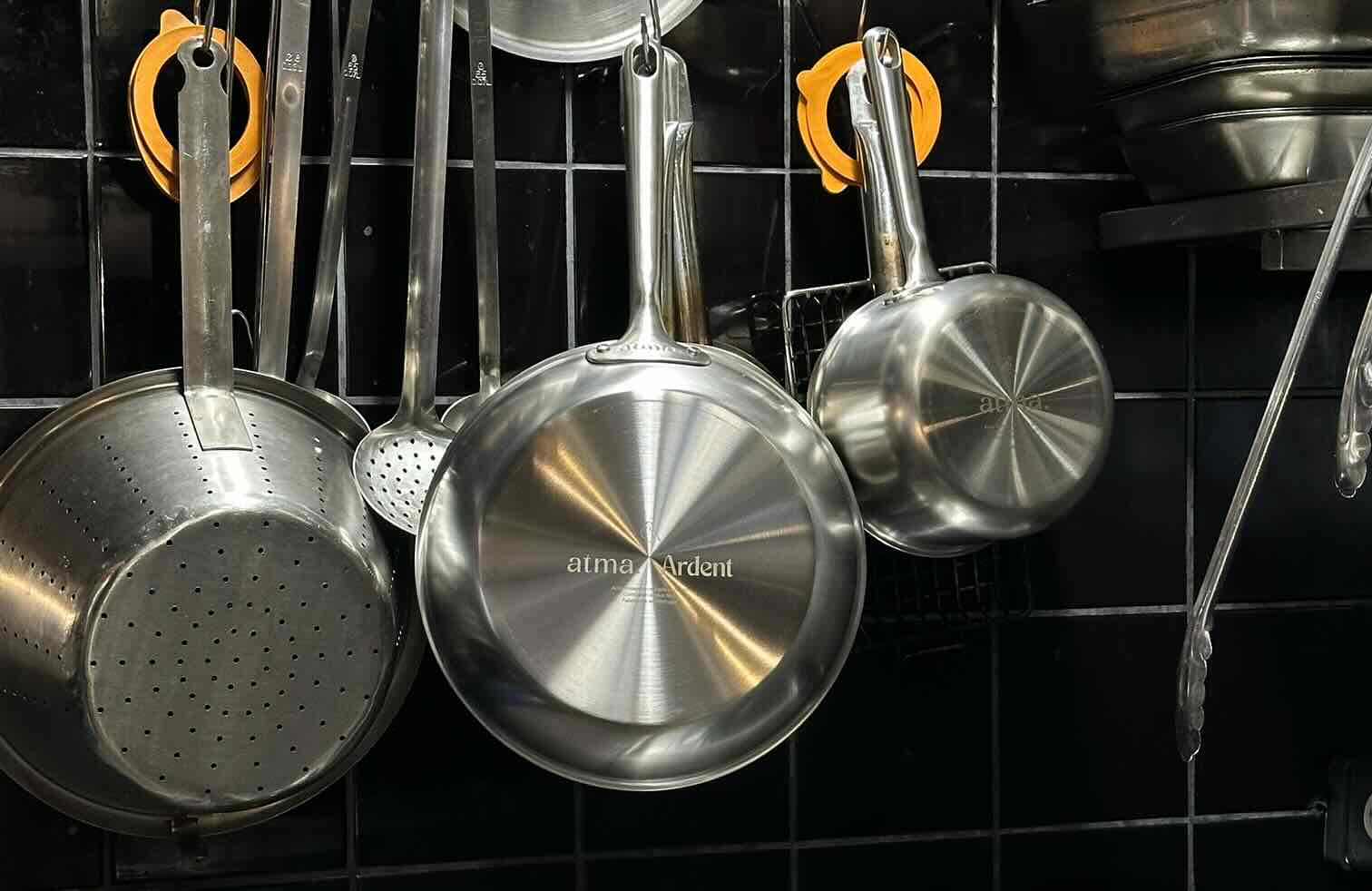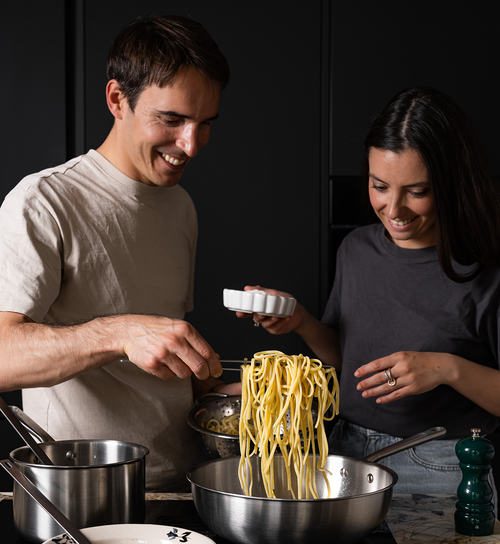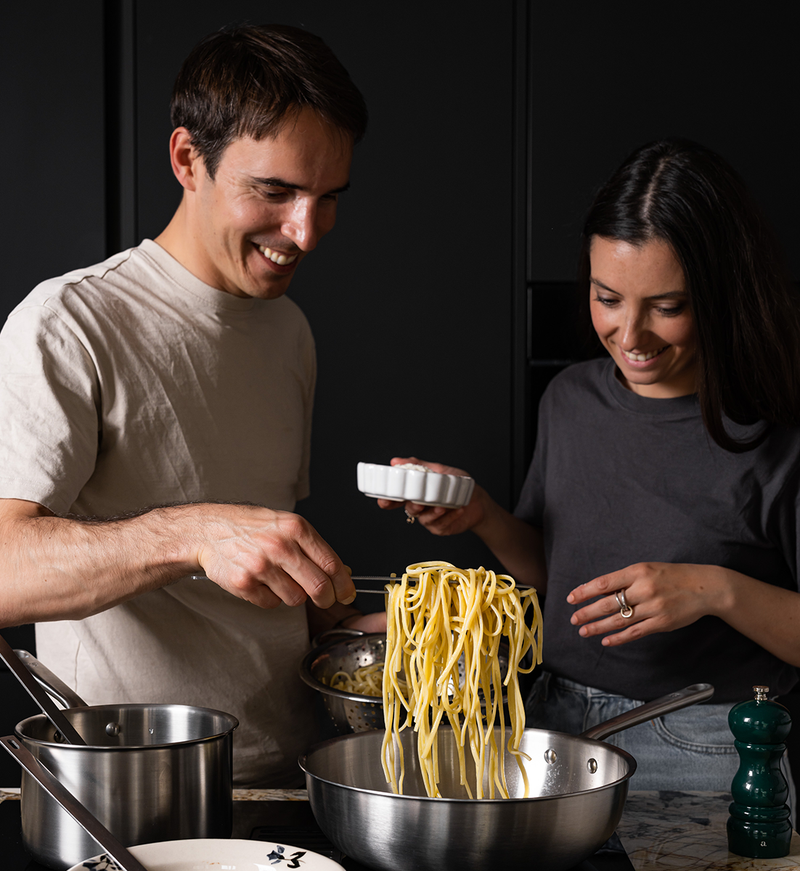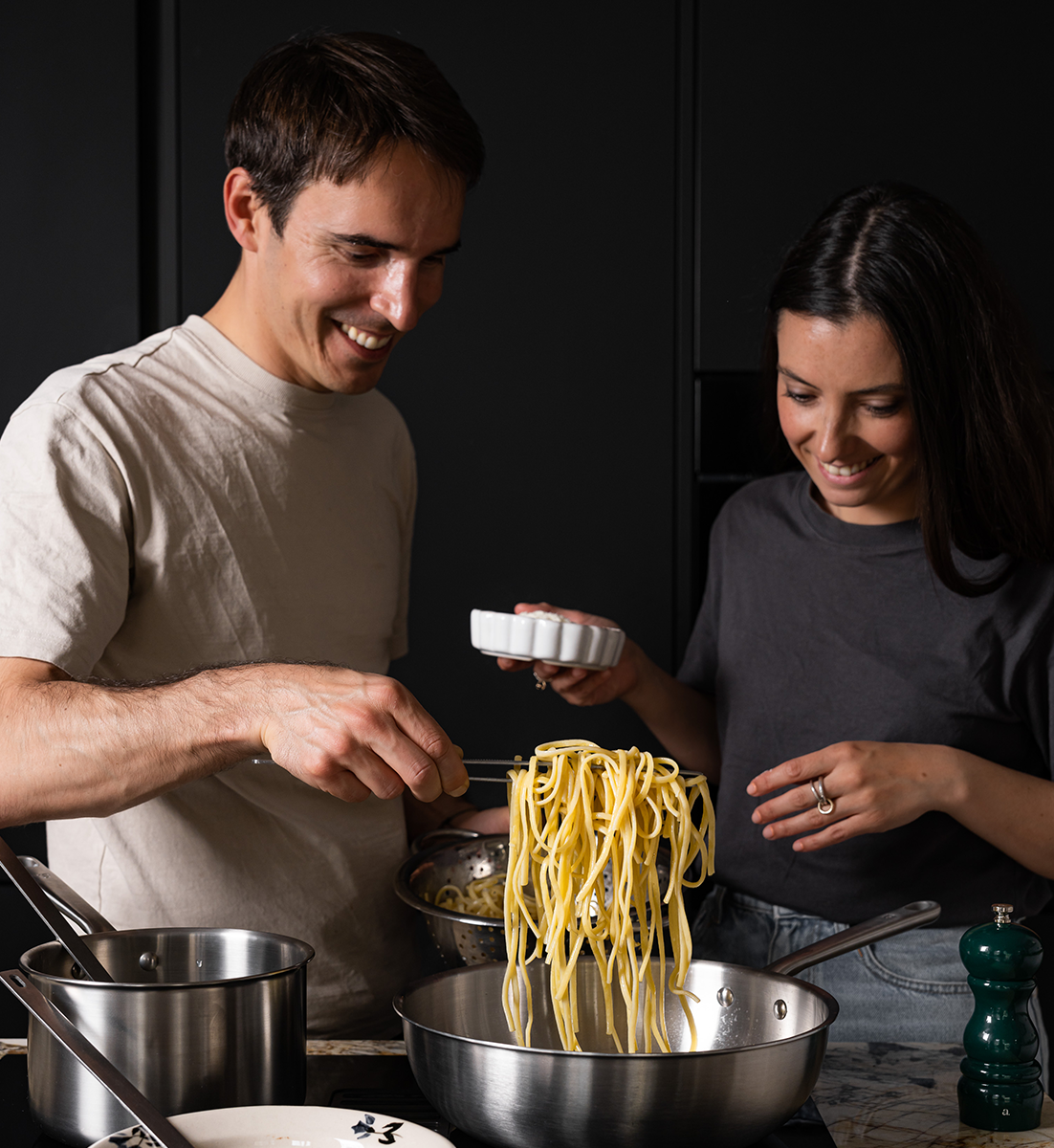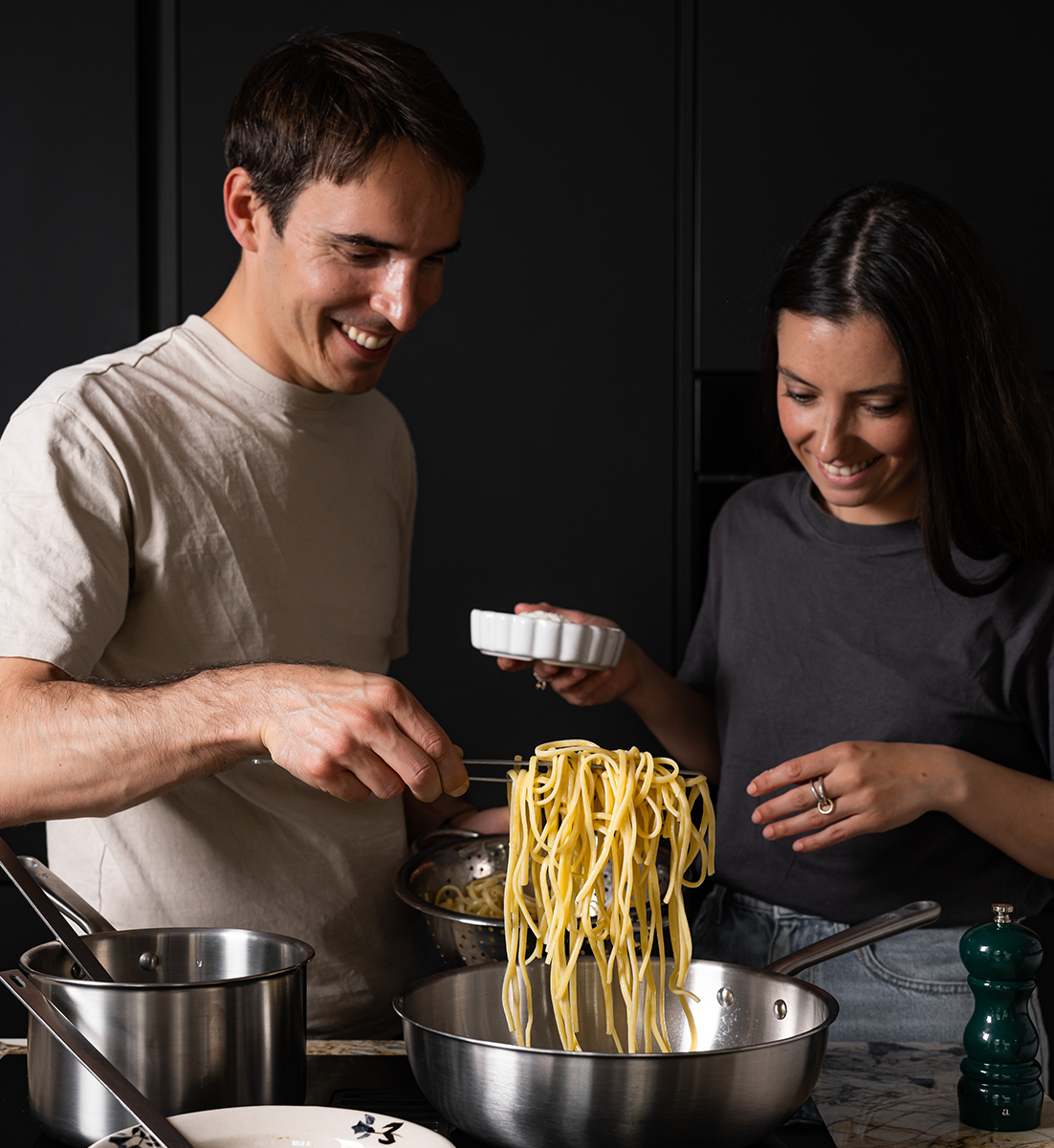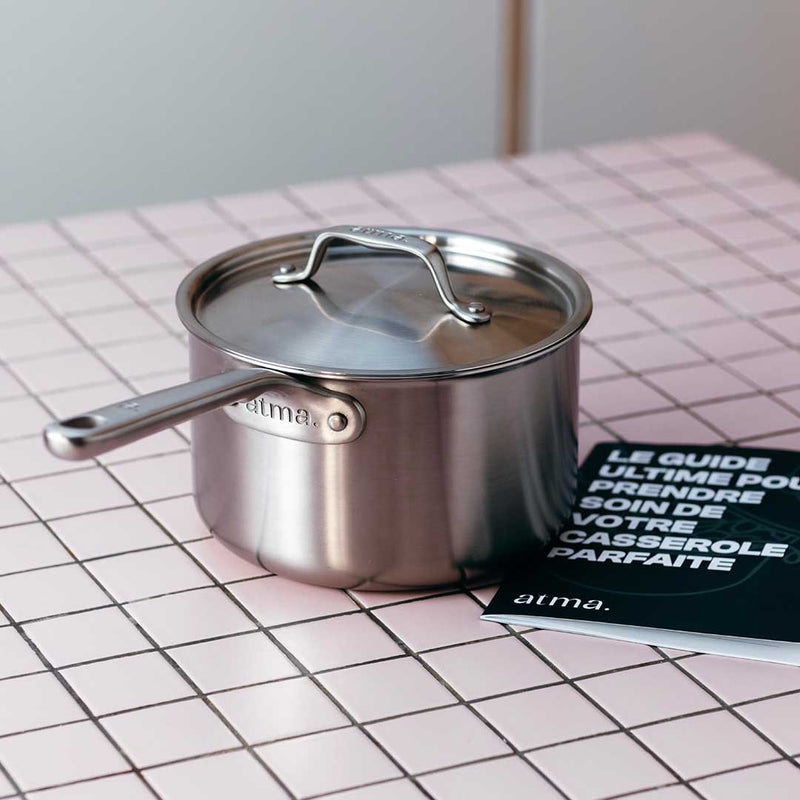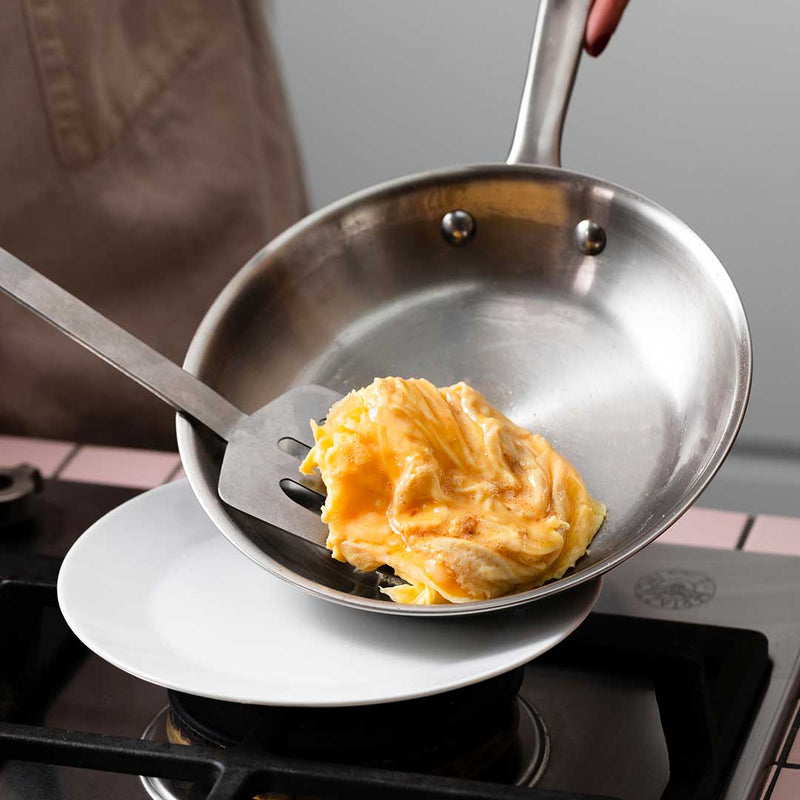Sharpening and honing a knife: what’s the difference?
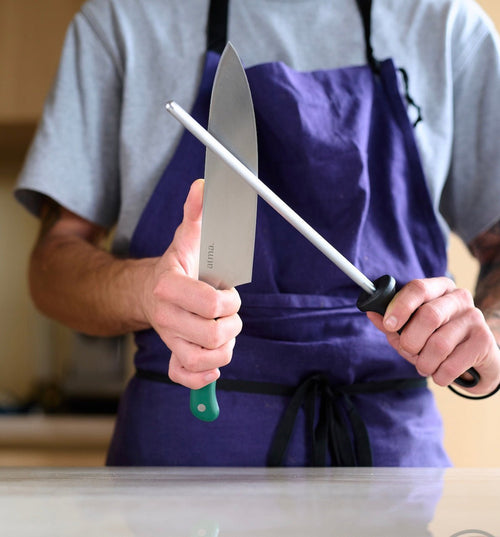
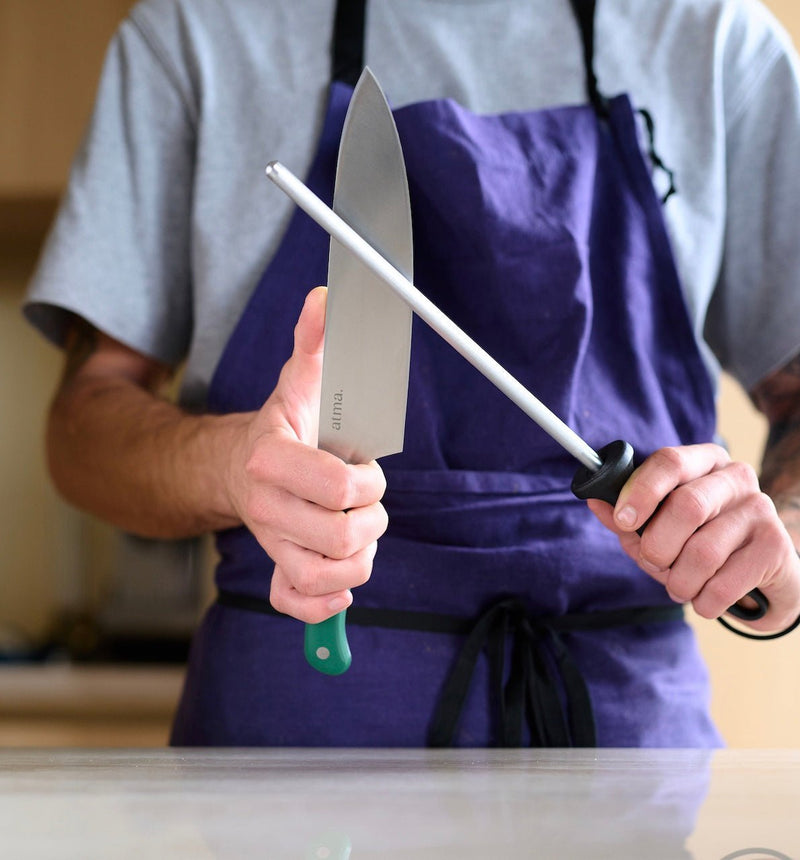
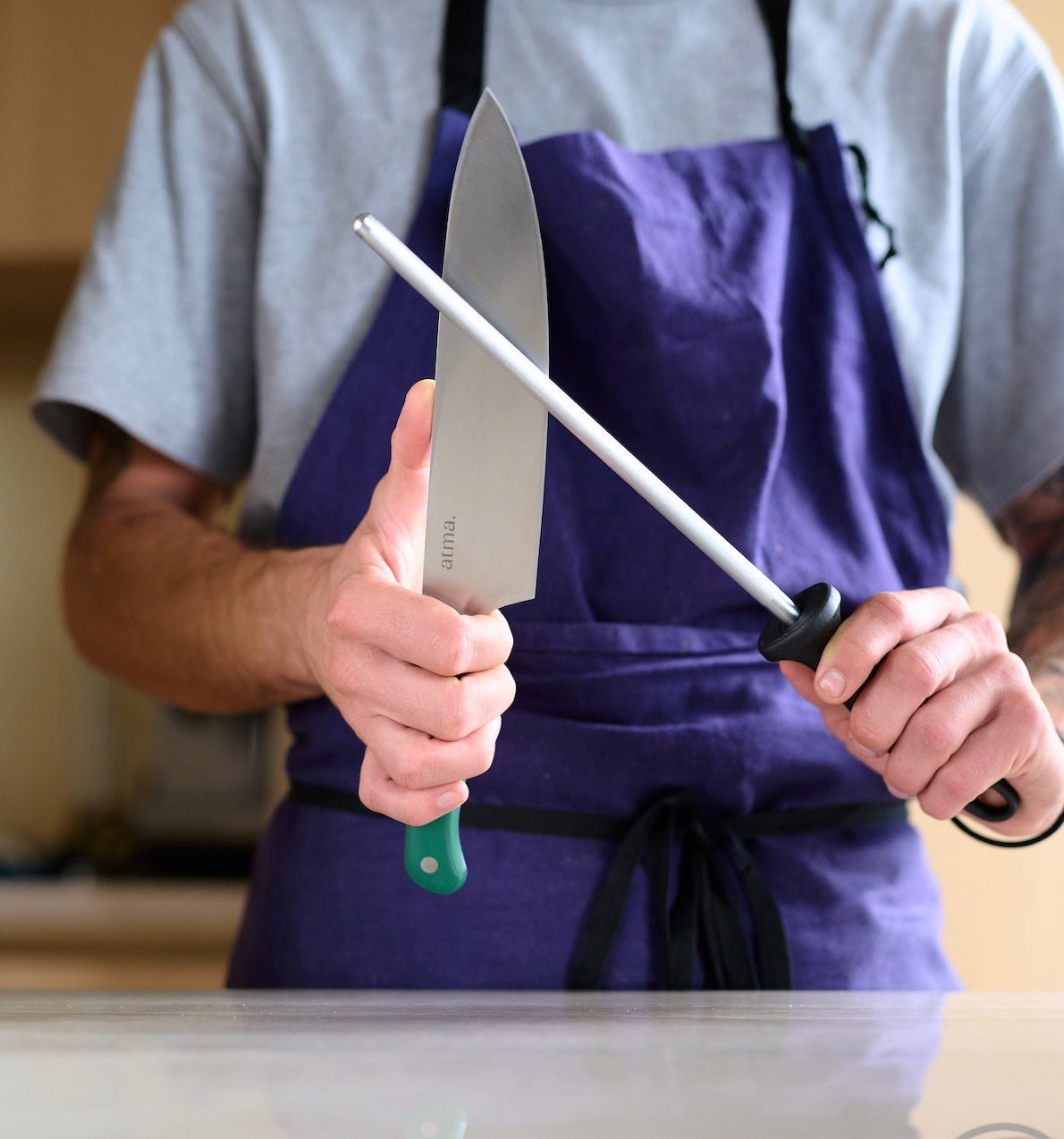
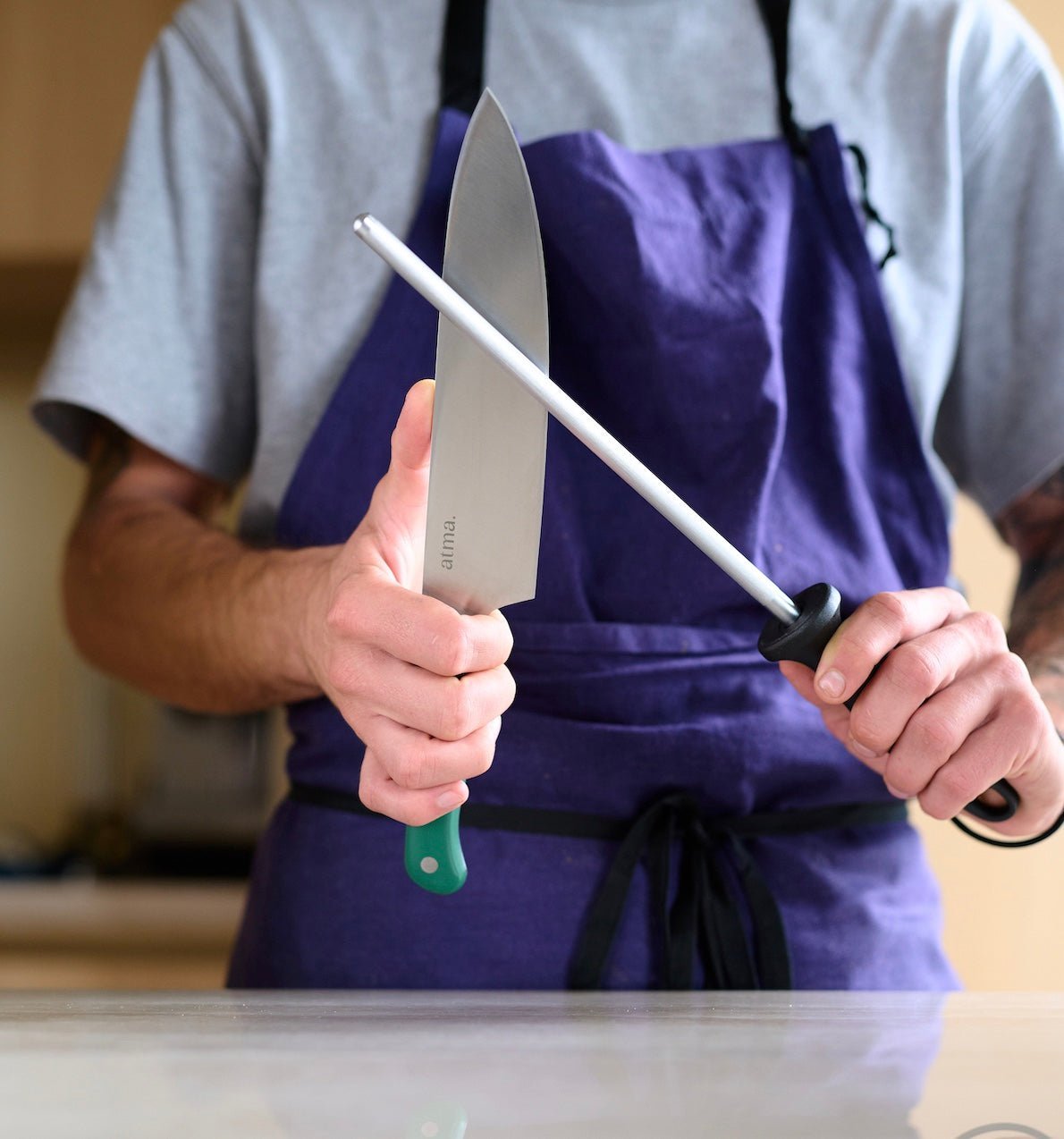




"Sharpening" and "Sharpening".Well, yes! These two words cover two distinct techniques for maintaining your precious kitchen knives. We'll tell you more in this article.These two terms are often used interchangeably, but in cutlery, there's a subtle distinction between the two. Understanding this distinction can help you achieve optimal knife sharpness and improve your blade care skills.
How to Care for Your Kitchen Knives?
Cooking is an art that requires quality equipment, and one of the most important tools is a good kitchen knife. I think we've already covered this topic extensively in our article "Well-equipped to cut everything". so we won't go over it again! But as you know, having a quality knife isn't enough; it's also important to know how to maintain it to keep it sharp and effective. Sharpening and honing are two terms commonly used to describe the care of kitchen knives, but they have different meanings. In this article, we'll examine the difference between honing and sharpening your knife.
Sharpening refers to the daily maintenance of your knife, and it straightens the blade's edge. Indeed, during daily use of your knife, the blade's edge will shift slightly and create small bumps or dents, almost invisible to the naked eye, which tend to reduce the cutting quality of your knife. It's therefore important to straighten the blade's edge to restore its sharpness. Sharpening is done using a steel sharpening steel, without abrasive materials, and this technique does not remove any steel from the blade. A honing steel is generally used before using a knife. This ensures the sharpest blade possible. This prevents your knife from wearing down too quickly and therefore limits the frequency of sharpening sessions. A honing steel is especially useful if you use your knife a lot and always want to maintain a perfect edge.
On the other hand, honing is a more intensive process that involves completely restoring the blade's sharpness. Unlike honing, sharpening involves removing a small amount of metal from the blade, especially if the knife is very dull or damaged. To sharpen a knife, you will generally use a whetstone, or a diamond or ceramic honing steel, which has an abrasive surface to remove material. By passing the edge of your blade against this abrasive surface, you will remove material and create a new, sharp edge. All irregularities, signs of wear, and scratches will be erased. To do this, you need to place the blade on your whetstone at a 15-degree angle, then slide it back and forth to remove the damaged layer of metal and create a sharp edge. Don't worry, we've got a short tutorial on the subject for you.
How often should I sharpen my knife?
Not as often as you might think! It's not necessary to run your knife over a whetstone every month. You'd remove too much material from the blade. The answer depends mainly on how much you use your knife. But generally, for home use, once every 6 months is sufficient. But as you know, Atma offers free sharpening once a year for two years, so take advantage of it!
So you understand that sharpening and honing are two processes that serve different purposes and are not performed at the same frequency. For simple regular maintenance, sharpening is sufficient. However, if your knife is very dull or damaged, you will need to use a whetstone to completely restore its sharpness. Honing is a more intensive process that removes more metal and needs to be done less frequently than sharpening.

Discover our best sellers
By Victor Desport
























